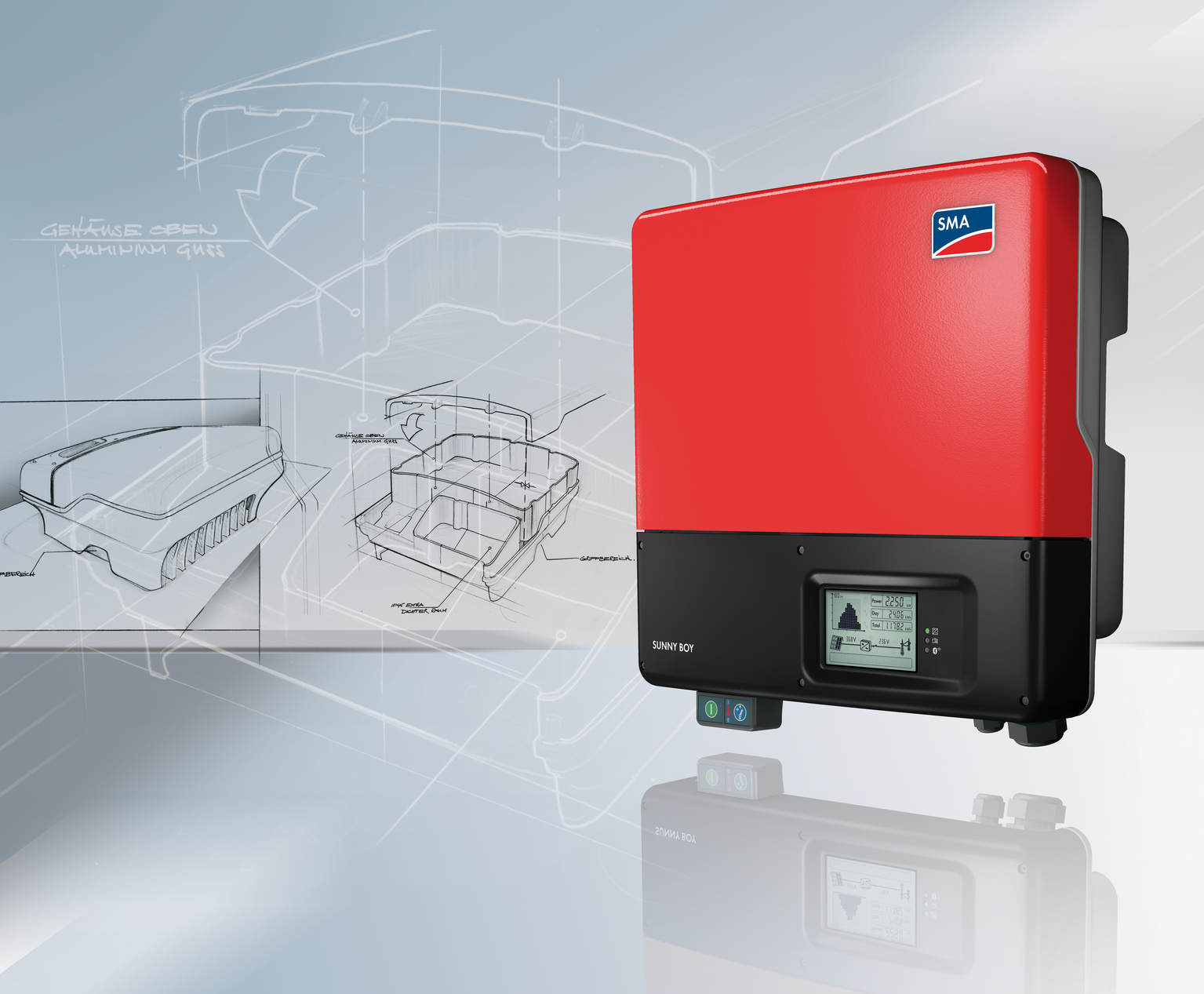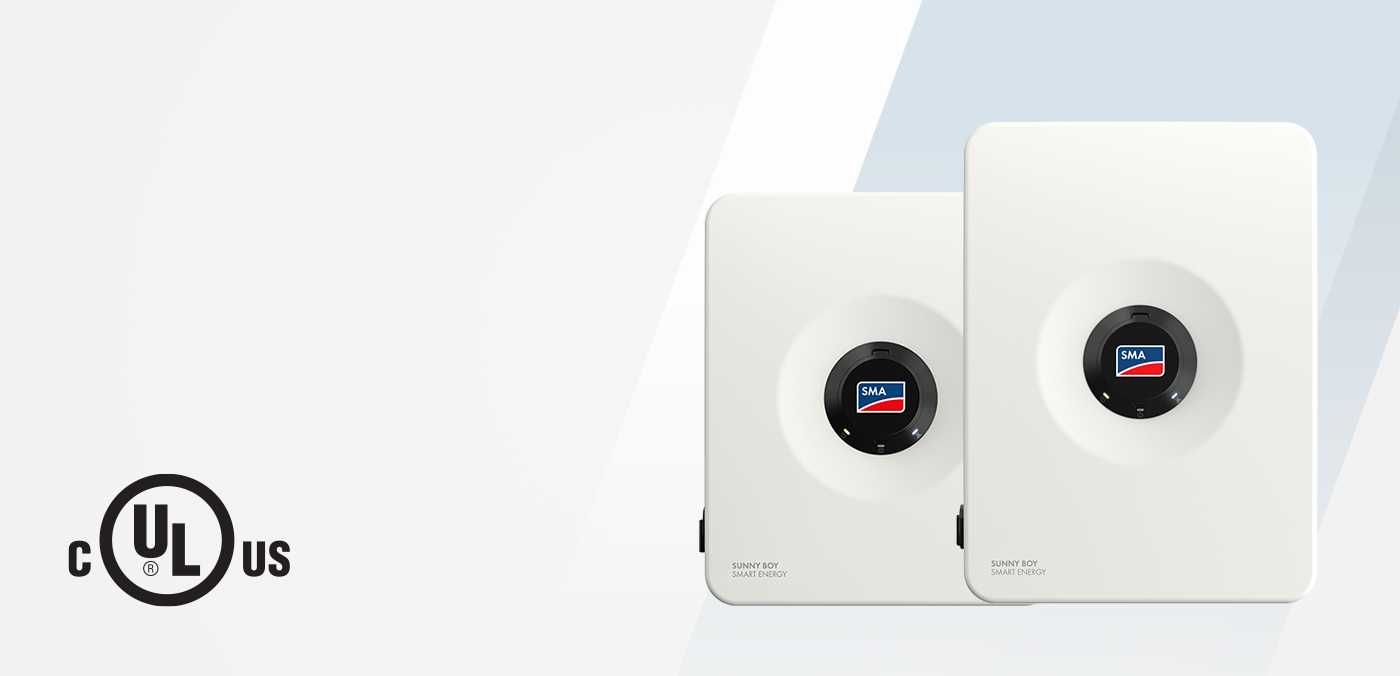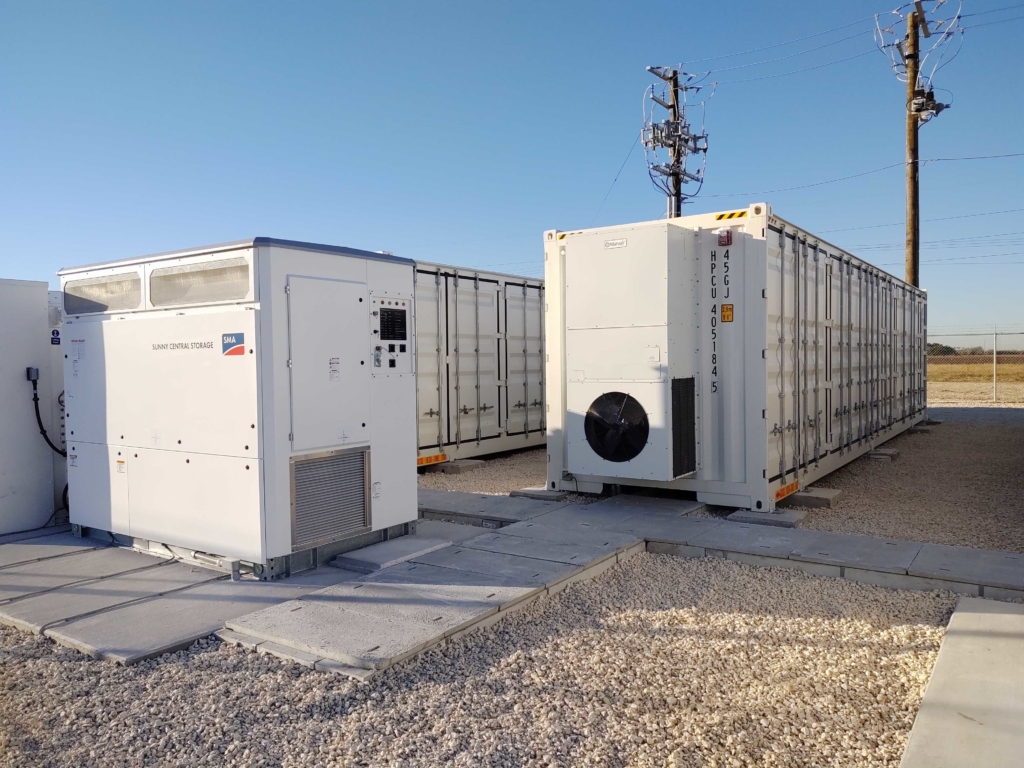PV Inverters: Key to the Future of Renewable Energy

Almost everyone is familiar with the shiny panels (or photovoltaic modules, in technical terms) that can be seen on rooftops, yet very few know anything about their corresponding devices. These devices are called inverters and they serve a critical function in photovoltaic (PV) systems. They play a vital role to the energy revolution!
So, what exactly does a PV inverter do?
1. Power Conversion
An inverter is an essential part of any grid-connected PV plant, which is a system that uses the PV effect to convert sunlight into electrical power. As the name implies, the main role of an inverter is to convert direct current (DC) into alternating current (AC). This conversion is necessary since PV modules generate DC from sunlight while public power distribution grids use AC. Inverters can convert from DC to AC with very little energy loss – the best devices currently on the market can achieve 99% efficiency. In other words, only 1% of the DC is lost during conversion, which is a remarkable feat given that modern diesel engines, in comparison, have an efficiency rating of only 45%.
2. Power Optimization
One critical task of an inverter is to ensure that the PV modules are always working at optimum power levels. Depending on temperature and irradiation intensity, there is always a precise combination of electrical current and voltage that allows a PV module to achieve its maximum power, which is also called its maximum power point (MPP). Since temperature and irradiation intensity are constantly changing (very quickly when clouds pass over), the inverter must continuously monitor the MPP to ensure the PV modules are supplying as much power as possible. The inverter relies on an operation management system called “MPP Tracker” for this purpose. Some inverters have multiple MPP trackers so that differently aligned subarrays can be operated independently (multiple interconnected PV modules are referred to as a PV array).
3. Monitoring and Protection
An inverter collects data on the energy production of the PV plant, monitors the electrical activity of the PV array and signals when problems occur. The production data can be viewed on the device itself, or analyzed from another location if suitable communication technology or software and online services are available. The inverter also monitors the power distribution grid where it is connected. If the specified limiting values for voltage and frequencies are not maintained, the inverter will disconnect the PV plant from the grid to ensure safety.
4. Reliable Operation
PV plants are designed to operate for a period of at least twenty years, so internal components must be durable and long-lasting. One of the biggest advantages of PV plants is their lack of moving parts, which can result in minimal wear and tear. On the other hand, an inverter is a high-tech device with sensitive internal electronics that must offer reliable operation in all types of weather conditions. It is critical that the inverter enclosure can dissipate heat. Heat dissipation is ensured by an intelligent cooling concept and an excellent efficiency rating. An inverter with 99% efficiency, for example, will lose only half as much heat as an inverter with 98% efficiency.
5. Promoting the Energy Revolution
PV plants play an important role in the switch to renewable and decentralized sources of power. Even on a cloudy winter day, PV plants can generate just as much power as two large nuclear plants. On a clear summer day, total PV power can equal the power of a dozen nuclear plants. Inverters are also an important component for energy storage. Since batteries can only store DC, the power must be converted for each charge and discharge. PV and battery inverters are critical to creating the smart grid of the future, which can distribute fluctuating amounts of energy in all directions without significant loss.
We would love to hear your opinions on the future of smart grids. Feel free to leave a comment, question or feedback!




Inverter are great thing to store the energy and it maintains and control the powers. PV interverts are best to power conversion, optimization, monitoring or protection, , reliable operation, Promoting the Energy Revolution and many more features.
solar inverters are the renewable energies that anyone can afford. it maintains and controls the power along with the electricity bill. The PV inverters can monitor and protect the power consumption and play an important role in all weather conditions which is definitely a plus point.
Wow! Its great to know that PV inverters can distribute fluctuating amounts of energy in all directions without significant loss.So very helpful.
I own a 10KW solar PV system in Central Georgia. It uses two SMA 5000 inverters. I bought a Sunny Beam monitor with the package, and I contacted this fellow, who has the same thing but with a different version of firmware than mine: http://www.youtube.com/watch?v=tm3fGawI9VE
Here’s my Sunny Beam:
https://picasaweb.google.com/StoryBookProperties/2011_01_17?authkey=Gv1sRgCMvKmsXjxJzGdw#slideshow/5566296101440652642
That is, it’s running SMA version 12.9.121.R firmware.
My question: I’m not savvy like that guy, so can SMA give customers like me an Excel Graphing Macro to enable me to use the CSV files that the Sunny Beam produces? I’d like to be able to see graphs of daily output like that fellow enjoys. I have saved the CSV files since my system began operating in October, 2010.
Here, by the way, is my system:
https://picasaweb.google.com/115162333107690986192/A54KWHDay
I’d welcome contacts from your sales department if you have any additional products I might want to consider to optimize my system’s yield. My array has been performing above the output the vendor (MAGE) promised since I installed it. But all of its components were acquired in September, 2010. Post-installation product enhancements would be welcome.
Thanks!
James Christopher Desmond